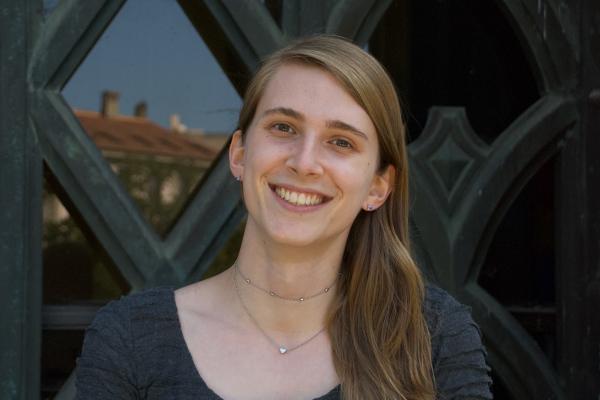
Dr. Tessa Cookmeyer
UC Santa Barbara
New physics at our fingertips: two vignettes of quantum materials
Location: 1080 Physics Research Building
Faculty Host: Brian Skinner
Abstract: When we consider that solids are 10^23 atoms closely packed together, it is remarkable that we can understand their properties at all. Nevertheless, because the Coulomb repulsion between the electrons plays a minor role for many materials, we can understand why they are an insulator, metal, semiconductor, etc. However, a class of “quantum materials” defies our usual paradigms and forces us to consider many strongly-interacting electrons at once.
In this talk, I will cover two fascinating examples of such quantum materials where the combined efforts of experimentalists and theorists are leading to new insights. First, we will cover CeCoIn5, a material with many similarities to high-temperature superconductors. I will explain how its properties signal an unusual phase transition that has no symmetry breaking and which may shed light on the origin of its linear-in-temperature resistivity. Next, we will consider a WS2-WSe2 bilayer and how, with enough laser light, there seems to be an emerging lattice of excitations. These excitations are similar to positronium and have a finite lifetime, and I will explain how this system teaches us about strongly interacting systems out of thermal equilibrium.
Bio: Tessa Cookmeyer was born and raised in North Carolina before attending Haverford college for her undergraduate education. She received her Ph.D. in physics from UC Berkeley where she was advised by Dr. Joel Moore. She is now a UC Presidential Postdoctoral Fellow at the Kavli Institute for Theoretical Physics at UC Santa Barbara. Her work has been published in Phys. Rev. Letts, Science, Nature Communications, and as a Phys. Rev. B. Rapid Communication. Her work has been featured twice as Editors’ suggestions in Phys. Rev. B and was recognized with a Frontiers of Science award.
